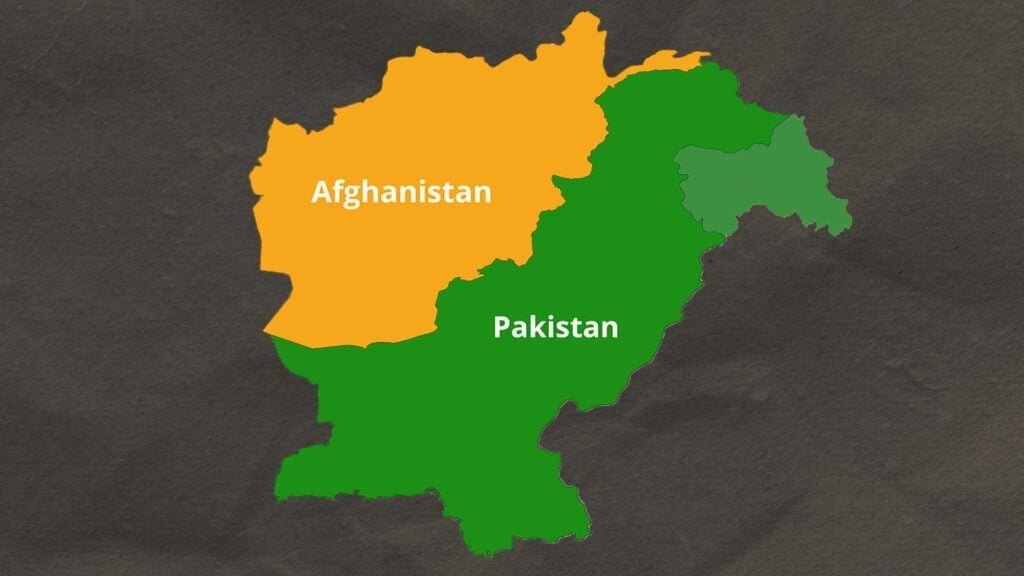By Abdullah Tahir
According to various reports, the main reasons behind the failure of Pakistani cities to drain the water of rains are:
1. Population growth and urbanisation: The rapid expansion of cities has led to the encroachment of natural waterways, wetlands and floodplains that used to absorb excess water. Many people live in informal settlements that lack proper drainage and sanitation facilities.
2. Climate change: The monsoon rains have become more unpredictable, frequent and intense due to global warming. Pakistan is one of the most climate-vulnerable countries in the world, facing the risk of melting glaciers, flash floods, droughts and heat waves.
3. Poor water management: Pakistan has a low water storage capacity and inefficient irrigation systems that waste a lot of water. The country also suffers from water pollution, overexploitation and misallocation of water resources among different sectors and regions.
4. Lack of political will: The government has not invested enough in improving the infrastructure, governance and disaster response mechanisms to deal with the flood crisis. There is also a lack of coordination and accountability among different levels and departments of government, as well as between the public and private sectors.
5. Accumulation of solid waste: The city’s natural waterways and drainage systems are choked by garbage, plastic bags, construction debris and other waste materials that are not properly collected or disposed of. The lack of regular cleaning results in blockages that cause the rainwater to spill over, creating problems for the citizens.
6. Massive deforestation: The cutting down of trees and vegetation has reduced the soil’s ability to retain water and increased the runoff and erosion. This also affects the microclimate and biodiversity of the region.
A few possible strategies to drain the rainwater in Pakistani cities are following:
1. Restoring natural ecosystems: The government should protect and restore the natural waterways, wetlands and floodplains that can act as buffers against floods. It should also promote afforestation and reforestation to increase the green cover and soil health.
2. Adapting to climate change: The government should implement climate-resilient policies and practices that can reduce the greenhouse gas emissions and enhance the adaptive capacity of the people and systems. It should also invest in early warning systems, emergency preparedness and relief operations to cope with extreme weather events.
3. Improving water management: The government should increase the water storage capacity and efficiency of irrigation systems to conserve water. It should also improve the water quality and distribution by treating wastewater, preventing pollution and ensuring equitable access for all users.
4. Strengthening political will: The government should allocate more funds and resources for upgrading the infrastructure, governance and disaster response mechanisms to deal with the flood crisis. It should also foster coordination and accountability among different stakeholders, as well as public awareness and participation in flood management.
5. Managing solid waste: The government should enforce strict rules and regulations for waste collection and disposal, as well as impose fines and penalties for littering and dumping. It should also encourage recycling, reuse and reduction of waste materials, as well as community involvement in cleaning campaigns.
6. Seeking external support: The government should seek technical and financial assistance from international organizations, donors and partners to address the flood problem. It should also learn from the best practices and experiences of other countries that have successfully dealt with similar challenges. Then, these strategies require functional local government systems & specialized urban development mechanisms. It requires investments to provide functional HR.
Subscribe our website for latest updates:
https://republicpolicy.com/shop/
Read More















